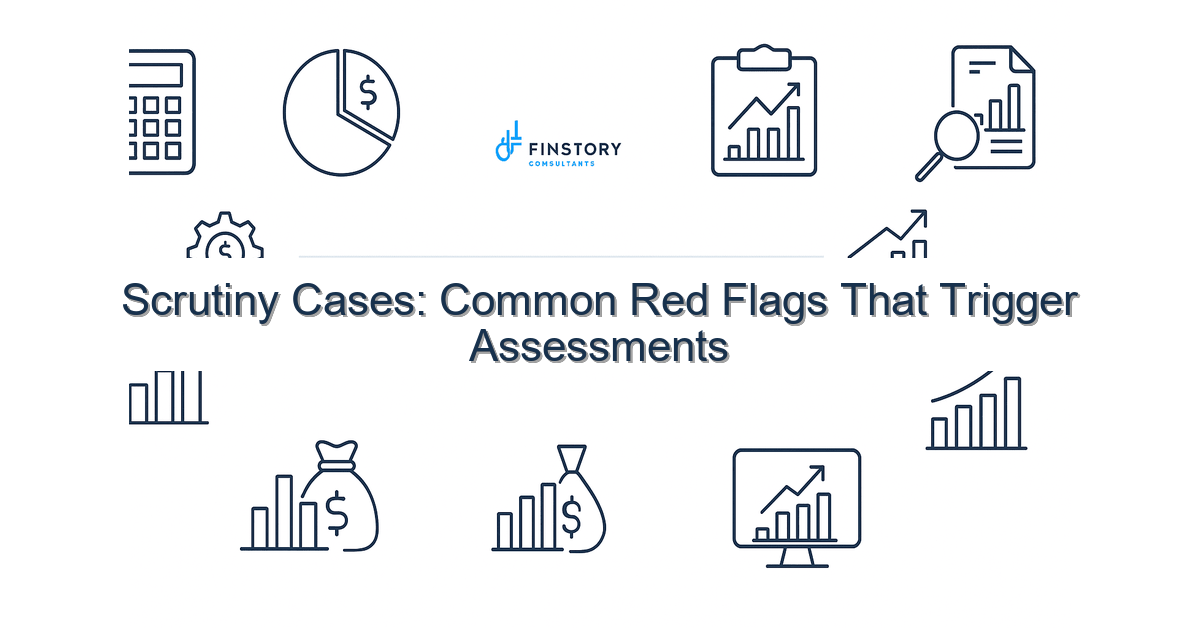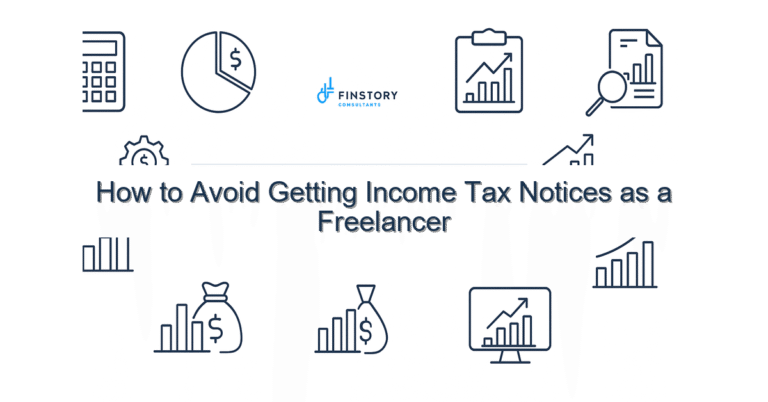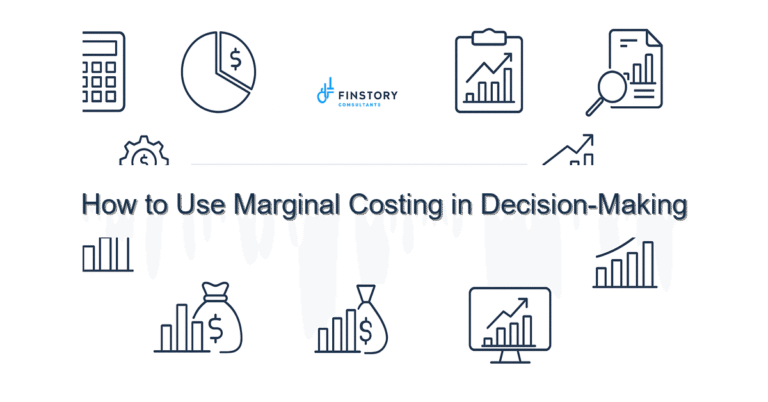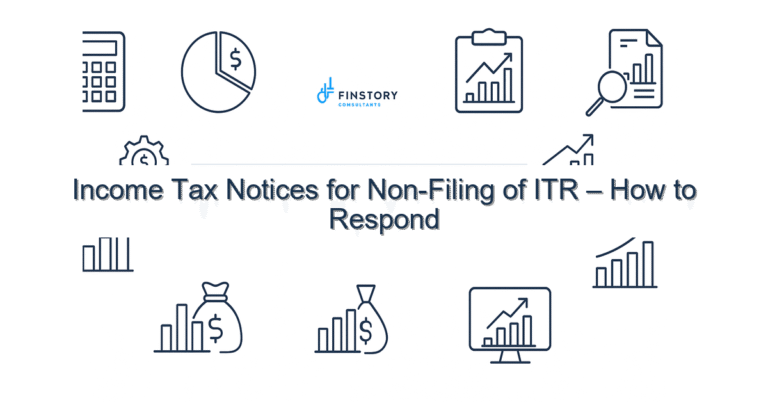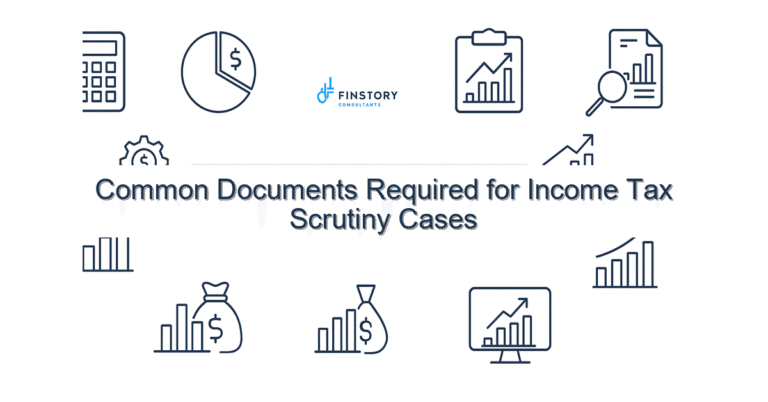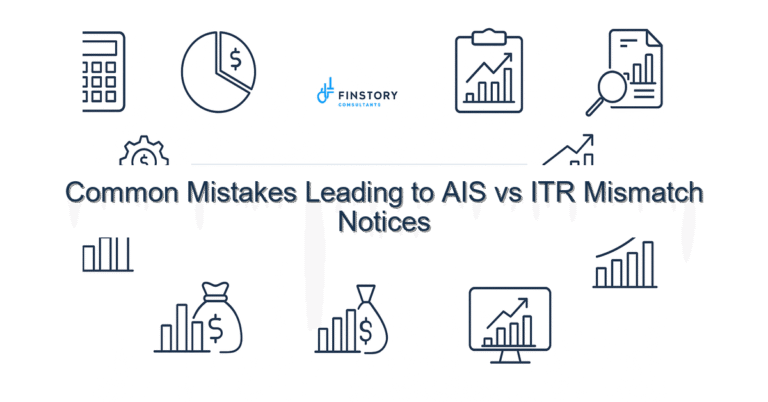Scrutiny Cases: Common Red Flags That Trigger Assessments
Getting a notice from the Income Tax Department can feel personal and stressful — especially when you’re juggling payroll, clients or a startup. You’re not alone: many taxpayers see scrutiny notices each year for avoidable mismatches or documentation gaps.
Summary: Scrutiny assessments in India are usually triggered by data mismatches, unusually large or unexplained transactions, aggressive claims or third-party reports (AIS/26AS, SFT, TDS/TCS). Early reconciliation, clean documentation and a proactive response reduce risk and exposure.
What’s the real problem in India?
Tax compliance in India sits at the intersection of digital reporting (AIS/26AS, TDS/TCS), third-party disclosures (SFT) and taxpayer-submitted returns (ITR). When figures don’t line up between these sources or when returns include large or round-number claims, the Central Board of Direct Taxes (CBDT) and assessing officers raise queries — via notices under provisions like Section 142(1), 143(2) or even Section 148 for reassessment.
- Mismatch between ITR and AIS/26AS (TDS shows up, return doesn’t)
- Large or unexplained cash/third-party transactions reported in SFT
- High deductions or losses that don’t match supporting documents
- Round numbers, repeated refunds, or huge book profits for small entities
What people get wrong
Many taxpayers assume that a filed ITR is the end of the story. Common mistakes compound the risk:
- Relying solely on Form 16 or books without reconciling AIS/26AS or bank statements.
- Claiming large deductions (Section 80C limit, charitable gifts, business expenses) without contemporaneous proofs.
- Delaying ITR filing — missing the ITR filing last date increases scrutiny chances and limits reliefs.
- Ignoring TDS/TCS mismatches — employers, clients and platforms may report different amounts than you claimed.
- Using round numbers or ad hoc “adjustments” in accounts that are hard to substantiate on audit.
A better approach
Follow a simple framework before you file and if you receive a notice. It reduces anxiety and the chance of adverse outcomes.
- Step 1 — Reconcile: Match salary, bank credits, capital gains and TDS entries with AIS/26AS and bank statements.
- Step 2 — Document: Gather invoices, receipts, investment proofs (for Section 80C), purchase/sale docs and capital gains indexation calculations.
- Step 3 — Validate: Confirm taxability under the correct head (salary, business, capital gains) and choose appropriate regime (new vs old regime slabs) with numbers to back it up.
- Step 4 — Respond fast: If you get a notice, reply with requested documents or request time for submission. A prompt, evidence-backed response often ends scrutiny.
- Step 5 — Seek expert help: Complex matters (transfer pricing, unexplained income, reassessment notices) benefit from a tax professional’s intervention.
Short story: A small manufacturing MSME reconciled its AIS/26AS and found a repeated TDS credit from a contractor mismatched with its books — fixing that one discrepancy avoided a potentially larger scrutiny involving unexplained receipts.
Quick implementation checklist
- Run an AIS/26AS check and reconcile quarterly.
- Match bank credits and large debits with invoices and contracts.
- Keep investment proofs for Section 80C limit claims and proof of tax-saving investments.
- Maintain sale deeds, purchase agreements and capital gains indexation worksheets for property or securities.
- Validate TDS/TCS entries against Form 16/Form 16A and supplier statements.
- File ITR before the ITR filing last date to avoid late-filing scrutiny triggers.
- Avoid cash transactions where possible; document any unavoidable cash expense with affidavits and bills.
- Keep a simple folder (digital and physical) with supporting documents for the previous 3–6 years.
- Record related-party transactions and board minutes for founder/owner transactions.
What success looks like
- Minimal or no notices after filing — clean AIS/26AS and reconciled ITR.
- Faster closure of any scrutiny with no or minimal tax demand after submitting documents.
- Lower interest and penalty exposure because returns are accurate and timely.
- Reduced audit time and stress for founders, MSME owners and professionals.
- Clear documentation allowing legitimate claims (Section 80C, business expenses, capital gains indexation) to stand scrutiny.
Risks & how to manage them
Risks include reassessments, penalties, interest and reputational friction with banks or investors. Manage them by maintaining contemporaneous records, using reconciliations, and responding timely to notices. If there’s an inadvertent error, disclose it early and propose a correction with supporting documents — voluntary compliance often reduces penalties.
Tools & data
- AIS/26AS and Form 26QB/26QC downloads for TDS/TCS reconciliation.
- Bank statements and GST returns (for businesses) to reconcile cash flows.
- Simple Excel or accounting software for P&L and balance-sheet tracking.
- Digital storage for proofs (scanned investment receipts, invoices, sale deeds).
- Checklists and templates for responding to notices (useful for Section 142/143 replies).
- Reference resources: [link:ITR guide] and official CBDT circulars for timelines and forms.
Next steps
If you’re worried about a mismatch, late filing, a large capital gain or a notice in your name — don’t delay. A short review can often prevent escalation. Finstory helps salaried taxpayers, professionals, founders and MSMEs with reconciliations, notice responses and strategic tax planning tailored to income tax india requirements.
Work with Finstory. Speak with an Expert for a personalised plan to reduce your tax outgo and stay compliant. Book a free 20‑min consultation.
📞 Need help with Income Tax in India?
Book a 20-min consultation with our tax team. Individuals, founders & MSMEs welcome.
Prefer email or phone? Write to info@finstory.net
or call +91 44-45811170.
